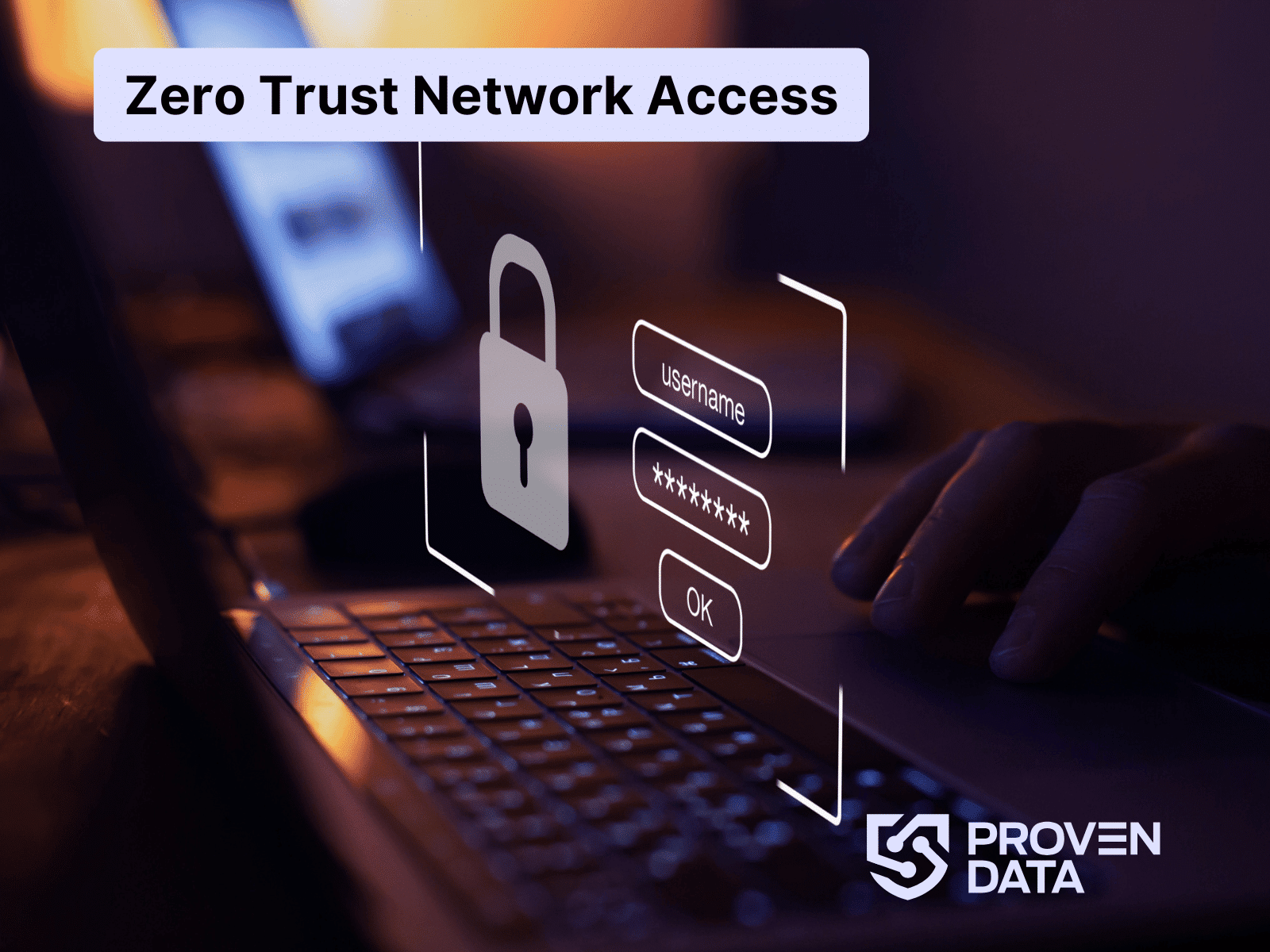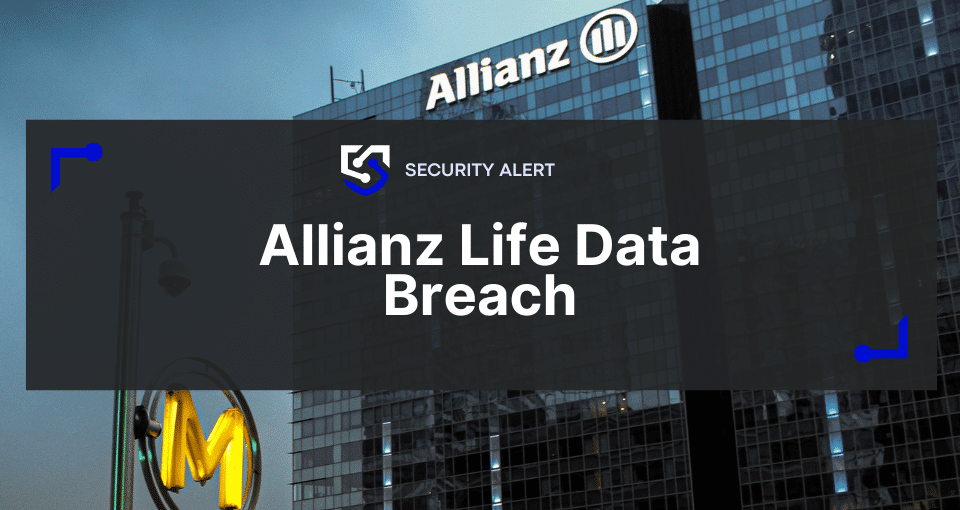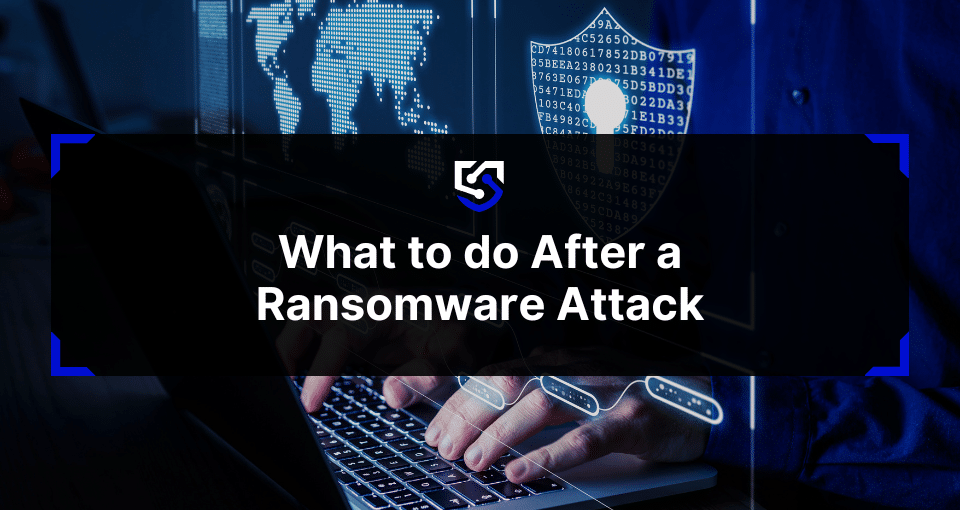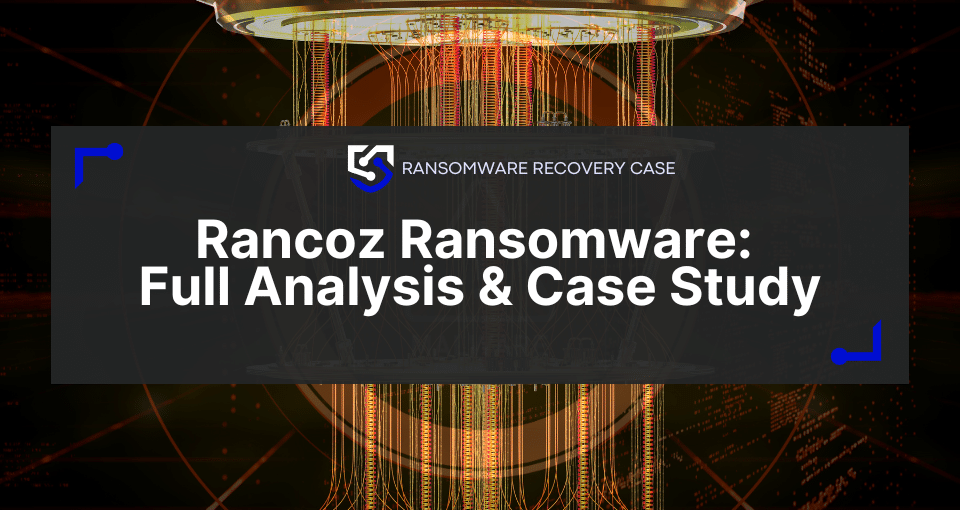The Allianz Life data breach of July 2025 successfully leveraged a blend of social engineering and supply chain dependency, which is a trend we see in cybersecurity. It was unlike cyberattacks that focus on exploiting technical vulnerabilities within a company’s own network perimeter.
The breach did not compromise Allianz’s internal infrastructure; instead, threat actors targeted a third-party, cloud-based Customer Relationship Management (CRM) system. By manipulating human trust, the attackers exfiltrated the sensitive personal and professional data of approximately 1.4 million customers and employees.
The incident timeline and overview
The breach happened on July 16, 2025, when a malicious threat actor gained unauthorized access to a third-party, cloud-based CRM system used by Allianz Life. The company’s security teams discovered the intrusion the following day, on July 17, and immediately initiated containment and mitigation efforts.
The immediate aftermath and response
Allianz filed a data breach notification with the Maine Attorney General’s Office on July 26, a critical step for regulatory compliance and transparency. This was followed by the initiation of customer notifications on August 1, which included an offer of 24 months of complimentary identity theft protection and credit monitoring for all affected individuals.
Amid these developments, a class-action lawsuit was filed against Allianz Life on July 31 in the U.S. District Court for the District of Minnesota, marking the beginning of the legal and financial fallout.
| BREACH DETAILS | |
|---|---|
| Victim | Allianz Life Insurance Company of North America |
| Date of Breach | July 16, 2025 |
| Date Discovered | July 17, 2025 |
| ATTACK INFORMATION | |
| Attack Vector | Social Engineering (Vishing) & Supply Chain Compromise |
| Threat Actor | ShinyHunters, in collaboration with Scattered Spider and Lapsus$ |
| Targeted System | Third-party, cloud-based CRM (Salesforce) |
| IMPACT ASSESSMENT | |
| Affected Parties | The majority of ~1.4 million U.S. customers, financial professionals, and select employees |
| Records Leaked | 2.8 million records (as claimed by threat actors) |
| Data Types Exposed | Names, Addresses, Dates of Birth, SSNs, Policy Info, Professional Data |
| RESPONSE ACTIONS | |
| Company Response | Immediate containment, FBI notification, Maine AG filing, 24 months of free credit monitoring |
Who was affected by the data breach?
The incident affected the majority of the company’s 1.4 million U.S. customers, as well as financial professionals and select employees. The Have I Been Pwned site later reported that 1.1 million unique email addresses were exposed, while the threat actors themselves claimed to have leaked 2.8 million records, a number that likely includes both individual customers and business partners from the Salesforce database.
The records exposed were not limited to active customers but encompassed the entire database, including past clients and professional contacts.
The exposed data
The compromised information included a range of personally identifiable information (PII) such as full names, mailing and email addresses, phone numbers, and dates of birth. Most critically, the exposed data included Social Security Numbers (SSNs) and insurance policy and contract numbers, which are prime targets for identity theft and financial fraud.
PII vs. Professional Data
The exfiltration of professional data, including licenses, firm affiliations, and product approvals, indicates a two-pronged threat. While the PII is valuable for consumer-level fraud, the professional data is a high-value asset for corporate espionage, targeted spear-phishing campaigns against financial professionals, or other business-related attacks. This dual nature elevates the risk and has wider-ranging implications than a simple consumer data leak.
Social engineering and the supply chain compromise
The core of the breach was a supply chain compromise that exploited a third-party vendor’s environment. The threat actors relied on social engineering technique known as voice phishing, or “vishing”. They impersonated IT helpdesk staff and convinced an Allianz employee or vendor to grant them access to the cloud-based CRM system.
Leveraging legitimate tools for malicious ends
Once inside the CRM environment, the attackers did not need to install malicious code. They leveraged a legitimate Salesforce tool, the Salesforce Data Loader, to exfiltrate a massive volume of sensitive data in bulk. This tactic is particularly effective because it uses authorized functionality to execute unauthorized actions, allowing the threat actors to operate below the radar of security tools that are designed to flag or block malicious software.
Allianz’s parent company, Allianz SE, confirmed that its network and critical policy administration systems were not accessed during the incident. This fact, while a testament to the strength of Allianz’s internal defenses, simultaneously highlights the profound fragility of today’s highly interconnected digital business platforms. The attackers bypassed a well-defended perimeter by finding a vulnerable entry point in the supply chain of trusted partners.
Proper digital forensics procedures are essential for understanding the full scope of a breach and supporting legal proceedings.
The threat actors: Who is ShinyHunters?
The Allianz Life breach has been linked to the notorious ShinyHunters extortion group, a prominent hacking collective with a history of targeting major corporations, such as Ticketmaster, for data theft and extortion. The Allianz incident is not an isolated event but part of a broader campaign that has also compromised companies like Qantas, LVMH, and Adidas using similar social engineering tactics to exploit Salesforce CRM instances. The group’s modus operandi involves using voice phishing to trick employees into linking malicious applications to corporate platforms, enabling bulk data exfiltration.
ScatteredLapsuSp1d3rHunters
A notable development in this case is the claim of responsibility by a new Telegram channel named “ScatteredLapsuSp1d3rHunters,” an alliance between ShinyHunters and other prominent hacking crews, including Scattered Spider and Lapsus$.
The formation of this alliance enables a more formidable and resilient adversary. Each group brings a specific expertise to the table: Scattered Spider’s proficiency in social engineering, Lapsus$’s tactics of extortion and public data leaks, and ShinyHunters’ experience in mass data theft.
This strategic collaboration in the criminal underground is a critical trend for security professionals to monitor, as it signals a new phase in cyber warfare, where adversaries are becoming more organized and sophisticated.
Legal and regulatory implications
A class-action lawsuit was filed against Allianz Life, alleging that it failed in its duty to protect customer data. The complaint asserts that the company’s practices fell short of industry standards, specifically citing the NIST Cybersecurity Framework and the Center for Internet Security’s Critical Security Controls. The lawsuit seeks damages, restitution, and court-ordered improvements to Allianz’s data security systems.
The legal fallout
Despite the breach occurring on a third-party vendor’s system, the filing of the lawsuit against Allianz reinforces the legal principle that an organization’s responsibility to protect sensitive data does not end at its own network perimeter. The “duty of care” now demonstrably extends to the entire digital supply chain. Organizations are being held legally accountable for the security posture of their vendors, making robust vendor due diligence and continuous monitoring a legal imperative, not merely a security best practice.
The breach also highlights the increasing regulatory scrutiny faced by the financial services and insurance sectors. Allianz’s rapid public disclosure and filing with the Maine Attorney General’s Office within 10 days of discovery align with the legal imperatives for swift notification mandated by many state and federal regulations. This transparency is a legal and ethical best practice that helps maintain consumer trust during a crisis.
Lessons learned
The Allianz Life data breach provides several critical lessons that every organization should learn and apply to its cybersecurity strategies.
Lesson 1: Employee training on social engineering techniques
The breach’s success was not the result of a zero-day exploit or a sophisticated technical bypass. It was enabled by a human being who was manipulated into granting unauthorized access to a legitimate tool.
Firewalls, intrusion detection systems, and encryption can be rendered moot by a successful social engineering attack. Organizations must invest in continuous, advanced training and simulations to prepare employees and vendors to recognize and resist these evolving threats.
Lesson 2: Continuous third-party risk management
It is no longer sufficient to merely conduct an annual security audit of vendors. Companies must implement a framework for ongoing monitoring of their third parties’ security posture and ensure that contractual agreements include clear cybersecurity expectations, breach notification protocols, and accountability clauses.
Lesson 3: Apply zero trust architecture
A Zero Trust architecture assumes no user or device can be trusted by default, regardless of their location.

With a Zero Trust framework, an attacker using a legitimate employee’s credentials would still be subject to continuous verification, least-privilege access, and Just-in-Time (JIT) elevation controls. This would have made the bulk exfiltration of data far more difficult and would have limited the “blast radius” by preventing lateral movement, allowing for more rapid containment and recovery from the incident.
Conclusion
The Allianz Life data breach of 2025 illustrates the diversity of threat actors’ tactics to bypass traditional security controls. Exploiting human psychology is not new, and criminals moving from individuals to businesses is a consequence of the interconnected nature of digital business.
It serves as a reminder that a company’s legal and ethical duty to protect data extends far beyond its own network, encompassing the entire supply chain of vendors and partners.
True cyber resilience is a continuous journey that requires a holistic and adaptive approach. It demands that organizations move from a reactive posture to a proactive one. This includes a strategic shift towards a Zero Trust security model, continuous investment in advanced security awareness training, and the implementation of a rigorous, ongoing third-party risk management program.







